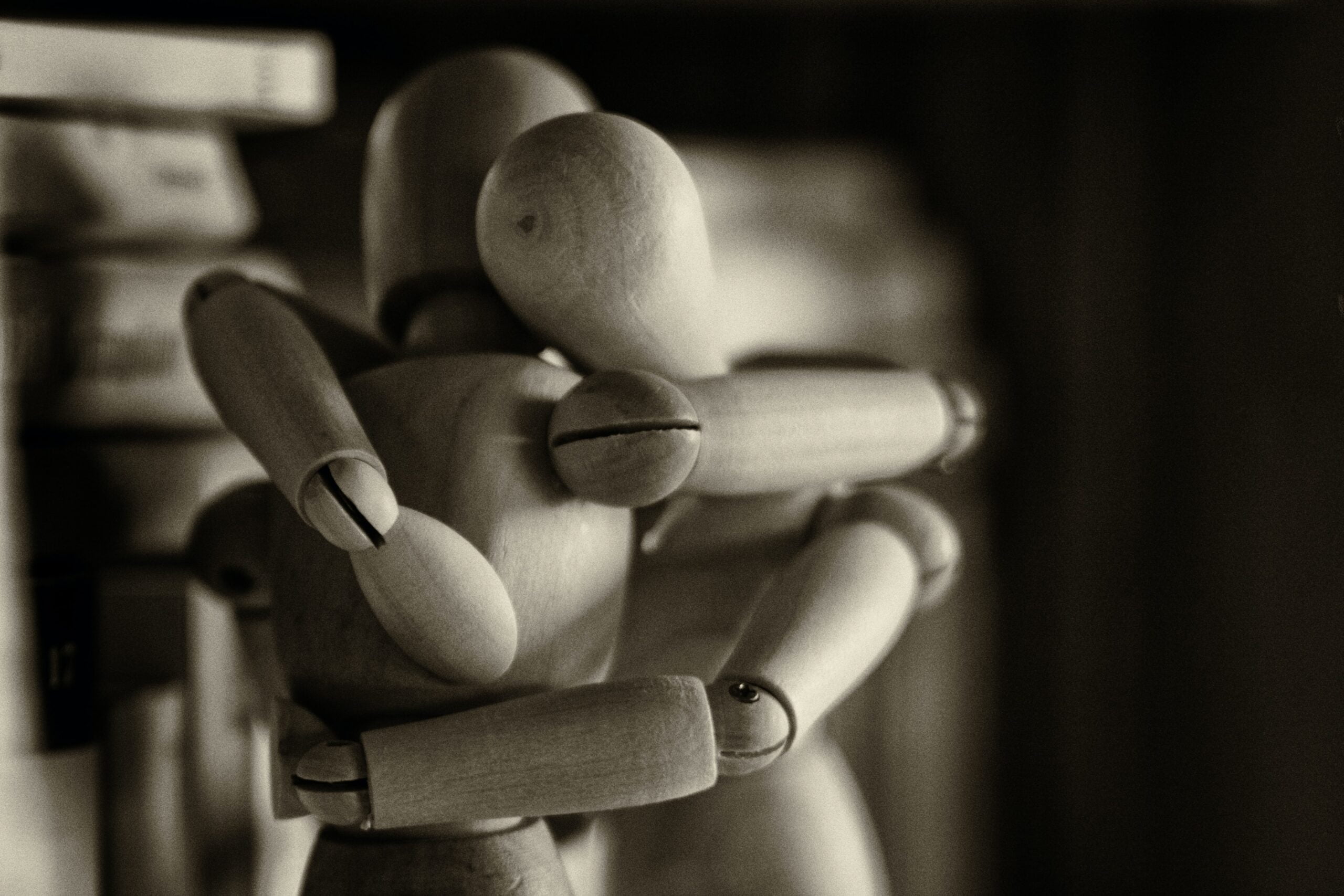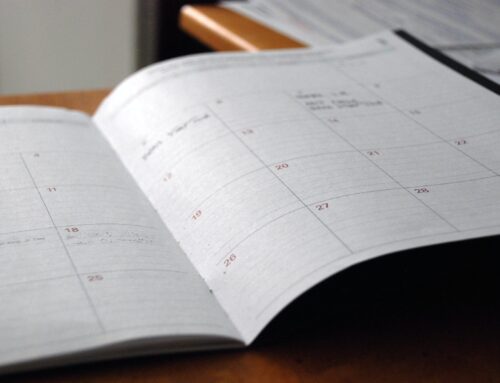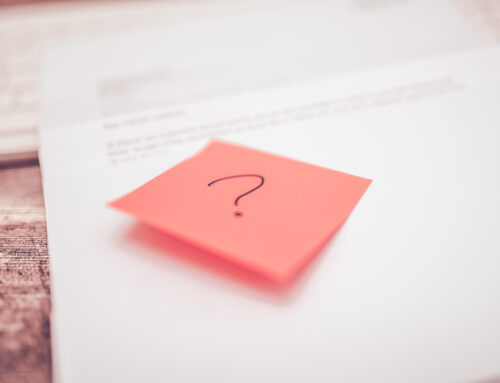Mental Health First Aider
Every business has (or should have) a qualified First Aider on site in case of emergencies. HSE’s recommendation is that if you work in a company with 5-50 workers, there should be at least one person trained in first aid. For workplaces with 25-50 people that is considered low, there should be at least one first aider who holds an Emergency First Aid at Work certificate, with another first-aider per 100 employees.
But have you ever thought about a mental health first aider? This could be a very beneficial addition to your workforce as a Mental Health First Aider is there to help staff affected by poor mental health. Especially as mental health issues are as much of a priority as physical ill-health and should as such be treated in the same way.
A Mental Health First Aider in the workplace is the go-to person for anyone who is going through some form of mental health issue. The first aider will be able to help guide a member of staff in distress to the relevant help that they need. Furthermore, they will also have the relevant knowledge to be able to spot someone who is developing a mental health issue.
A Mental Health First Aider is there to support an individual and help to make their life at work easier and to encourage them to access the available professional support. Being a Mental Health First Aider however, does not qualify to provide therapy to someone who may need it.
An important part of the role is assessing the individual; if the person is getting worse and might be moving towards self-harm or suicide, the situation may need to be escalated. In the role, confidentiality is key, just like physical health or disciplinary within a company, each discussion must be protected.
How to become a Mental Health First Aider?
In order to get qualified, you will need to attend a training course, such as offered by St. John Ambulance. During the course, which can be a day or multiple day course, a practical approach is taking to create competent and confident workplace first aiders who are able to spot the signs and respond to the mental and physical health needs of a person experiencing a mental health issue.
An important part of the role is assessing the individual; if the person is getting worse and might be moving towards self-harm or suicide, the situation may need to be escalated. In the role, confidentiality is key, just like physical health or disciplinary within a company, each discussion must be protected.
Should a Mental Health First Aider in the Workplace Be Mandatory?
Many people in today’s climate believe that a mental health first aider and physical first aider should be seen as equals. Business in the Community’s 2020 Mental Health at Work report found that workplaces have made impressive progress on approaches to employee mental health. There is still work to be done to build inclusive, anti-racist workplaces where everyone’s mental health matters.
MHFA should be made a part of an organisation’s HR Support strategy, however, we suggest it is only implemented as part of a wider wellbeing strategy and never in isolation. It is important that this is not a short-term quick fix, as good HR management includes the employee’s health and well-being. Many companies are trying to find ways of accurately assessing the impact of their mental health first aiders, but as there is not yet sufficient HR relevant data available, QBH Solutions suggests to focus on the following:
- Return to work after absence due to sickness
- Amount of conversations mental health first aiders are having and the support provided
- The General uptake of support
- Attraction and retention rates.
What do you think? Leave a comment below!
For more information on implementing a Mental Health First Aider strategy, general HR support or HR advice please get in contact with us….





Leave A Comment